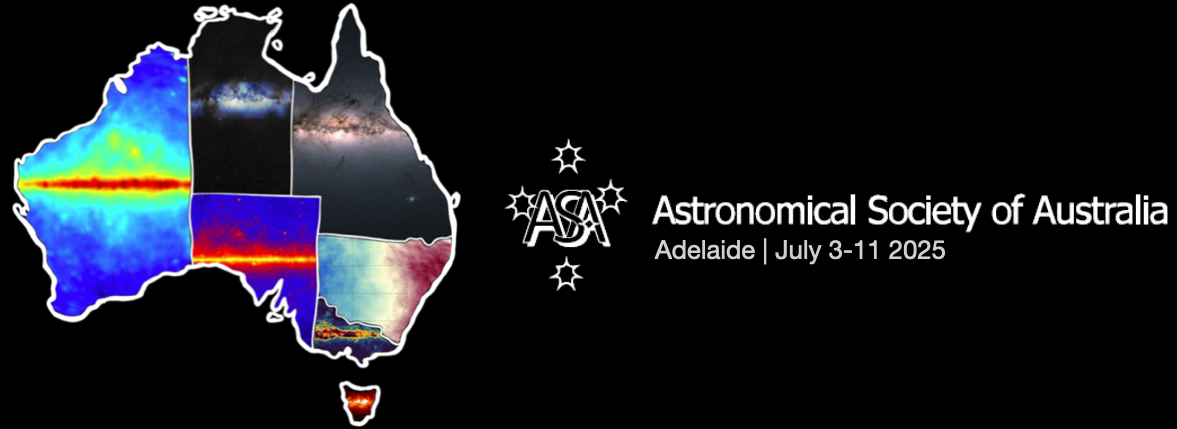Speaker
Description
The Galactic long period transients (LPTs) discovered in recent years are a mysterious new class of object. They have periods of tens of minutes to hours, and produce strongly polarised pulses lasting seconds to minutes. Their characteristics are phenomenologically analogous to neutron star pulsars albeit at much longer timescales, but the underlying emission mechanism is unclear.
The 2.1 and 2.9 hour LPTs ILT J1101+5521 and GLEAM-X J 0704−37 are the only LPTs with multi-wavelength confirmed counterparts to date, and they are white dwarf (WD) - M dwarf (MD) binaries with equal WD spin and orbital periods, making them polars. Two other WD - MD binaries, AR Scorpii and J1912-44, are known to emit in the radio. They pulse every 1.97 and 5.3 min respectively at the beat periods between the WD spin and the longer orbital period, making them intermediate polars (IP)s.
In this talk I will demonstrate a new, unified model for LPTs, and apply it to the longest-active LPT, GPMJ1839-10, using its 33-year timing baseline to fit its orbital geometry purely from radio data. With this model, we can interpret the shortest to longest period sources as lying between IPs and polars, including those now being found by the SKA precursors. Understanding LPTs will be invaluable to the study of WD binary evolution.

